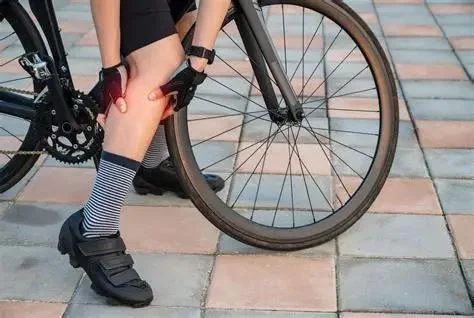
1. Hydration Strategies for Cramp Prevention
1.1 Why dehydration triggers cramps
One of the most common culprits of muscle cramps on long bike rides is dehydration. When your body lacks sufficient fluids, electrolyte balance is disrupted, leading to involuntary muscle contractions. This is especially common on hot days or during high-intensity rides.
1.2 What to drink—and when
Start hydrating the night before a long ride. During the ride, sip water regularly—don’t wait until you feel thirsty. Use electrolyte tablets or sports drinks to replace lost sodium and potassium. Many riders use a rule of thumb: at least one bottle per hour of moderate riding.
2. Nutrition Before and During Long Rides
2.1 Pre-ride meals matter
Fueling up before a ride sets the tone. A balanced meal with complex carbohydrates (like oats), protein, and healthy fats eaten 1–2 hours before riding can prevent energy crashes and reduce the risk of muscle cramps. Avoid heavy, greasy foods that may cause bloating or sluggishness.
2.2 On-the-go energy solutions
For rides longer than 90 minutes, pack snacks like bananas, energy gels, or trail mix. These replenish glycogen stores and keep muscles working smoothly. Many cyclists also swear by magnesium-rich snacks—almonds, pumpkin seeds, or dark chocolate—to support muscle function.
3. Proper Stretching and Warm-Up Techniques
3.1 Stretch before you saddle up
A quick 10-minute warm-up with dynamic stretches—like leg swings or hip openers—can significantly reduce the risk of early cramping. Static stretching, like hamstring and calf stretches, is better post-ride for recovery.
3.2 Mid-ride stretching routines
If you feel a cramp coming on, stop and stretch the affected area gently. Cyclists often use roadside stretches to relieve tight quads or calves. Over time, these routines become second nature, especially on longer endurance rides.
4. Bike Fit and Riding Posture Adjustments
4.1 Poor fit equals muscle fatigue
If your saddle height or handlebar reach is off, your muscles may overcompensate, leading to strain and eventual cramps. A professional bike fitting can optimize your biomechanics and reduce unnecessary tension during long rides.
4.2 Fine-tuning your ride posture
Proper posture—relaxed shoulders, neutral wrists, and a stable core—helps distribute effort evenly across your body. Riders who maintain a stiff, tense posture often experience cramps sooner. Practice posture awareness and take breaks to reset your form.
5. Real Stories of Cyclists Who Overcame Cramping
5.1 Jason’s comeback ride
Jason, an amateur cyclist from Colorado, battled recurring leg cramps on century rides. After analyzing his hydration and switching to a mineral-rich electrolyte blend, he completed a 100-mile ride cramp-free. He now tracks his water intake religiously and swears by coconut water post-ride.
5.2 Priya’s gear and fit transformation
Priya experienced knee and calf cramps during triathlon training. She visited a local shop recommended by Cycling Guider and got a proper bike fitting. That, combined with switching to clipless pedals and more breathable apparel, eliminated her issues and boosted her confidence in training sessions.



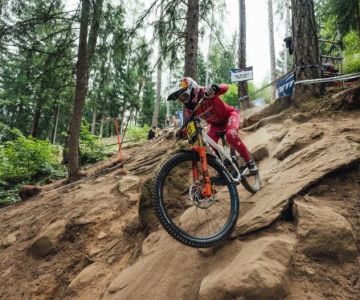

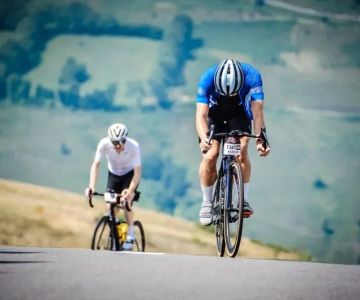
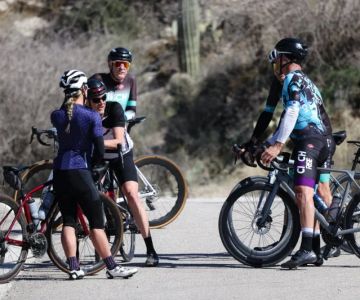
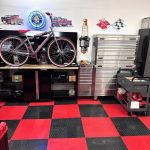 Billet BMX5.0 (2 reviews)
Billet BMX5.0 (2 reviews)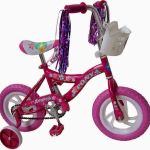 Far East Children Bicycle Factory1.0 (1 reviews)
Far East Children Bicycle Factory1.0 (1 reviews)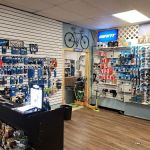 Archer Motorsports, Inc.4.0 (8 reviews)
Archer Motorsports, Inc.4.0 (8 reviews) YEP Bike Works4.0 (55 reviews)
YEP Bike Works4.0 (55 reviews) Gorham Bike & Ski4.0 (498 reviews)
Gorham Bike & Ski4.0 (498 reviews)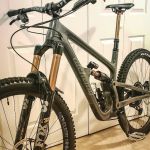 Alchemy Bikes4.0 (37 reviews)
Alchemy Bikes4.0 (37 reviews) How to Teach Kids to Ride a Bike: A Step-by-Step Guide for Parents
How to Teach Kids to Ride a Bike: A Step-by-Step Guide for Parents Tips for Riding on Busy City Streets: Smart Strategies for Urban Cyclists
Tips for Riding on Busy City Streets: Smart Strategies for Urban Cyclists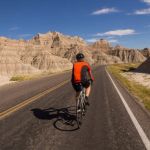 Best US National Parks for Mountain Biking: Ride Epic Trails Across America
Best US National Parks for Mountain Biking: Ride Epic Trails Across America Best Aero Helmets for Time Trials and Racing
Best Aero Helmets for Time Trials and Racing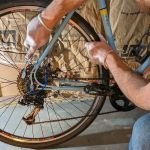 How to Clean and Lubricate Your Bike Chain Like a Pro
How to Clean and Lubricate Your Bike Chain Like a Pro 10 Must-Have Items for Long-Distance Cycling Trips
10 Must-Have Items for Long-Distance Cycling Trips